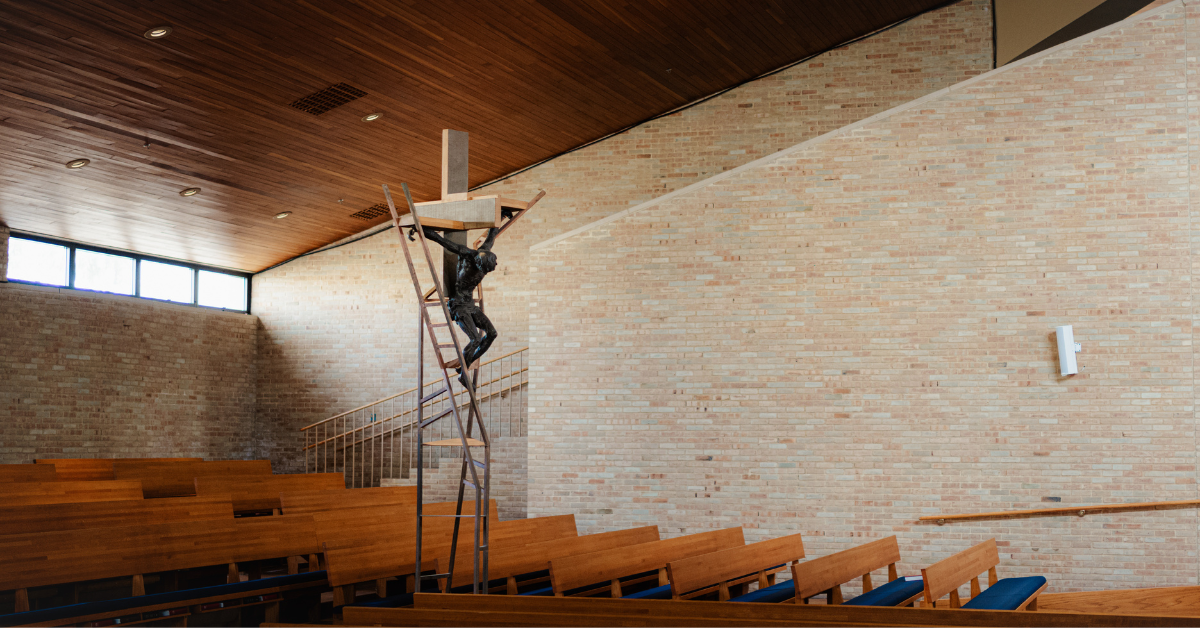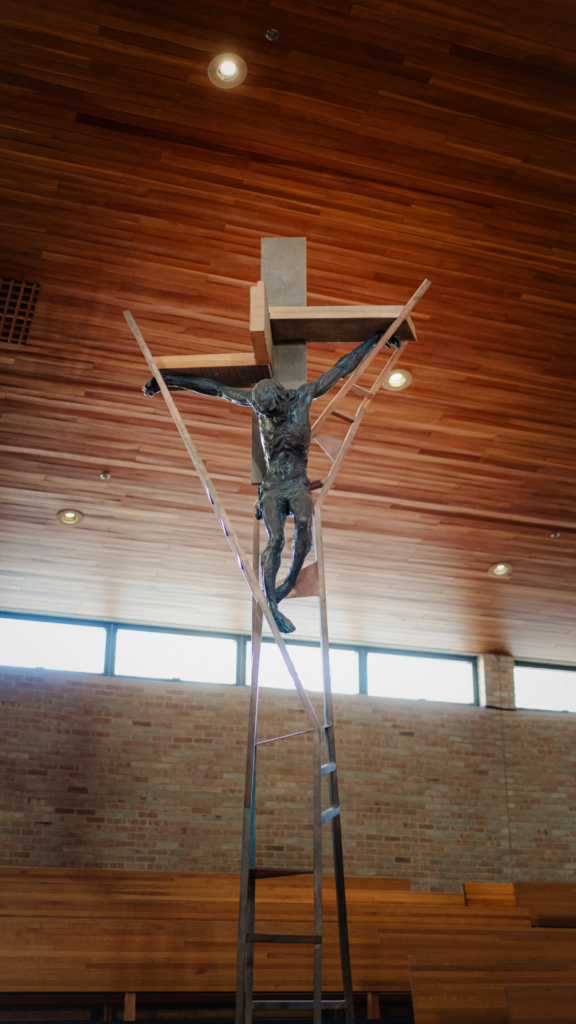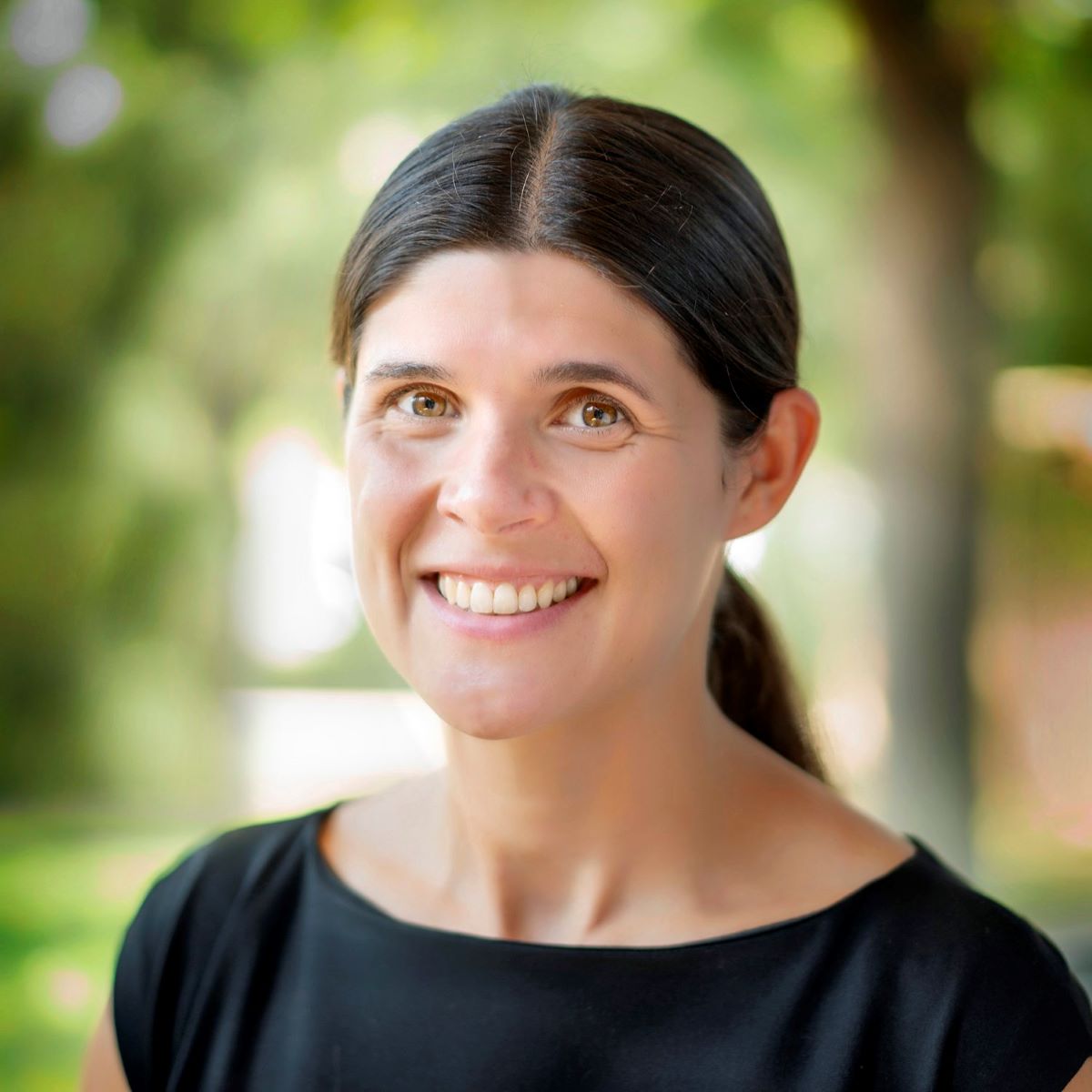A version of this post was previously shared as a sermon at Luther Seminary’s Wednesday chapel service.
Lent always feels a bit bleak to me. It is a time of preparation; a time of penance; a time of prayer, fasting, and giving alms. Here in Minnesota, the season always coincides with the lingering winter. It seems to drag on just a little too long.
Don’t get me wrong, I understand the importance of the season. But sometimes I find myself wondering, do we really need 40 days in the desert when life is already so difficult? While I usually don’t give up too much outside of my obligatory days of fasting, the season generally puts me in a rather reflective mood.
This year, my mind keeps drifting back to a different Lent, probably because it was the one I experienced exactly twenty years ago. I was not a Christian yet, so I didn’t really understand its importance that season. However, it was one of the more transformative Lenten seasons I have ever had because it taught me something quite valuable about the cross.
That Lent, I left the country for the first time. I went to Spain.
Because I am now a professor of church history, you may be assuming that I was going to go on some sort of epic pilgrimage. That I was heading to Avila, which seems like the obvious choice, or maybe to do the Camino de Santiago.
I was not.
Remember, I was not a Christian. I was 21, visiting one of my best friends who was studying in Toledo, and we were planning on having a very fun trip including an excursion to the Canary Islands, which are beautiful, a trip to Valencia for las Fallas, which Wikipedia (pretty accurately) describes as a “pyrotechnic spectacle,” and general sightseeing and merriment. The trip most assuredly was not religious in nature.
Until it was.
I left Minneapolis alone on the evening of March 10th 2004, and arrived in Madrid on the morning of the 11th, which was the morning of the deadliest terrorist attack in Spanish history. Around 7:30, four different commuter trains were bombed in Madrid. Nearly 200 people were killed and around 2000 were injured.
I will always remember the feel of the city that morning. Death and grief and fear seemed to hang in the air.
Later during that trip, deeply feeling this despair, I decided I wanted to see Picasso’s Guernica. If you have never seen this painting, it is a surrealist work that depicts the bombing of the city of Guernica, which occurred in 1937 by the order of General Franco and the Nationalist faction. The painting is representative of the anguish and suffering endured during the Spanish Civil War, and it is housed in the Reina Sophia which is a modern art museum in Madrid.

However, that day, I went to the wrong museum. Now, I did eventually get to the Reina Sophia, and I did see Guernica. And it is powerful, and it is terrible, and it didn’t make me feel any better whatsoever. It is brilliant, of course, but it is fundamentally just one more record of human sin and suffering. There is no hope in that painting, just despair.
So, what museum did I accidentally go to that day?
The Prado.
In my defense, this was before we all had iPhones in our pockets.
And that day, I saw so, so many paintings depicting the crucifixion. I remember wondering if the Spanish had ever painted anything other than the crucifixion, at least in the pre-modern era. And while I will freely admit that I did not truly understand this yet, these depictions of the crucifixion were what I needed to see that day, not Guernica.
Why?
Because the crucifixion is powerful and terrible, but it offers hope and salvation.
Now, I do know some Christians prefer the empty cross.
There are, of course, legitimate reasons for this preference. I won’t deny that. We are a resurrection people. We are an Easter people. Christ has conquered death! Yes. Yes, that is all true.
But we can’t celebrate being a resurrection people without first enduring the suffering and death of Good Friday.
There is a brutality to the crucifix. We have to look at the suffering of Jesus Christ, our God, his body given for us. Broken.
In the crucifixion we can also see our own human failings; our own sins. It can be difficult to look at.
But the crucifixion is also, I would argue, a symbol of a love so deep, so infinite, that it is almost terrifying to behold.
In our scripture reading for the day, Paul highlights the importance of the cross. He says: “the cross is foolishness to those who are perishing, but to us who are being saved it is the power of God.”
Right before this passage however, he is discussing the conflict that is going on in the community in Corinth. The context for this passage is that folks are fighting, as groups of people, even Christians, tend to do. So, what does Paul do? He points them to the cross.
Because there is power, and hope, and salvation in the cross. The cross is what should bring us together. It is foolishness to those who perish, but to us, it is the power of God.
In a similar vein, Augustine wrote that “the death of the Lord our God should not be a cause of shame for us; rather, it should be our greatest hope, our greatest glory.”
To look upon the crucified Christ is not a cause for shame, but our greatest glory, because he has promised us life in him.
Over the past year, I have spent a lot of time with the mystics. And one person I found particularly intriguing is the seventeenth century French missionary nun, Marie of the Incarnation. She was a wife and mother, who entered into a convent a little later in life after having a series of mystical visions.
In preparation for today, I was reminded of one of her visions. It occurred in the year 1620, and it was what started her on the religious life. In somewhat typical terms, she comes to recognize her past sins, a process generally referred to as purgation in mystical literature, but then this is where things get really good, and it is what I reflected upon and what I want to share with all of you.
Marie had a vision of the crucifixion, and she came to understand that “if one had been entirely alone, the Son of God would have done exactly what he did for everyone.”
She then writes: “This truly wastes and, as it were, destroys the soul. These visions and what they evoke penetrate so deeply that in an instant they communicate everything with their own perfect efficacy. At that moment I felt transported beyond myself and transformed through the mercy of him who had wrought this wonderful grace.”
Even if one had been entirely alone, Christ would have done exactly what he did. In other words, He would have died for one, just as he died for the many.
There is a universality to the crucifixion, of course. For God so loved the world that he gave his one and only son. But as Marie so articulately expressed, it is also profoundly personal. The crucifixion is a symbol of God’s incredible and transformative love for the world and for each of us individually.
So, let me return briefly to where I began, with Lent.
Do I still think Lent is a bit bleak? Yes, I think I always will. But we need our forty days of preparation.
We are spending our time in the desert so we can come humbly to Good Friday, where we witness the crucifixion of Christ, so we can truly understand and celebrate the incredible gift that is Easter Sunday.




